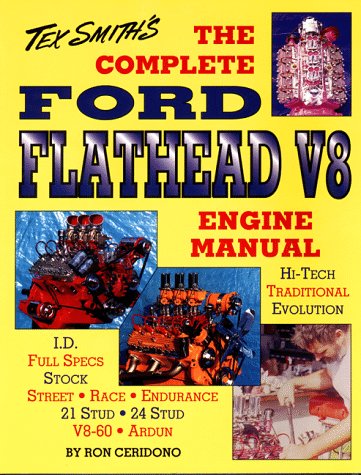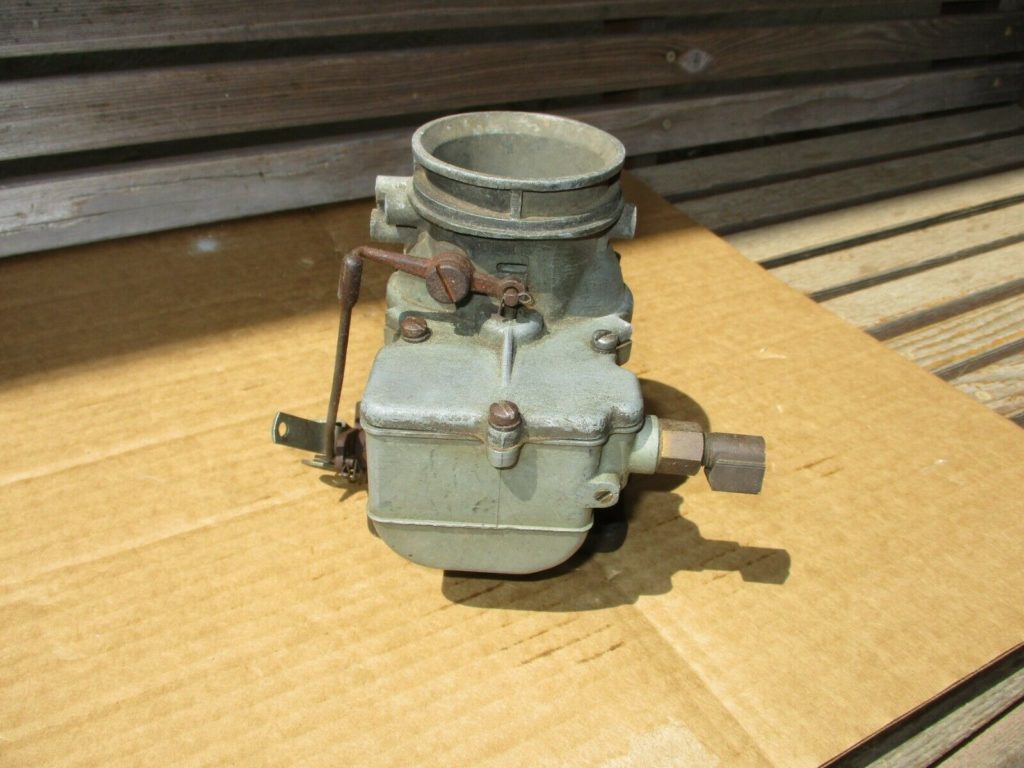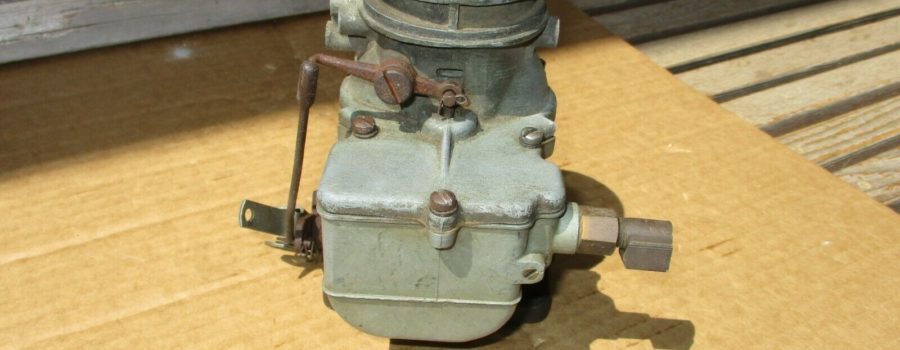The B.B. in the title represents that this is from the archive of the late Bill Bently, who ran a flathead Q&A informational site before he passed away. All threads from this source will be titled using the B.B. identifier on this site. We’re archiving some of the threads, so that his work is not lost or forgotten and so they will continue to educate flathead enthusiasts for years to come.

JWL (Oct 24 1999 12:16PM) Carb Myths
A popular Tex Smith book incorrectly explains a problem with the use of multiple Holley 94 carbs. This same incorrect information has been repeated at various-times on this chat board. Therefore, I will attempt to explain why the information is wrong, and what can be done to correct the perceived problem The book spells out the power valve enrichment capability -as sufficient in a single carb for a 250 cubic inch engine. Too, the author deduces that two power valves can provide enrichment levels adequate for 500 cubes and finally, three such enrichment’s would cover engines of a mammoth 750 inches.
Let’s first look at the purpose of the power valve. In simple terms, these valves are designed to open when the engine is under a load (such as when accelerating) and modify the economical air fuel mixture from approximately 14.6 to 1, down to a richer, power mixture of about 12.6 to 1. The needs of the engine, regardless of the number of carbs is pretty close to those numbers. And in fact, each carb, regardless of the number used, will deliver those ratios of fuel and air. There is no magical thing that happens when multiple carbs are bolted on which suddenly causes the carbs to begin delivering ratios outside of the range they are calibrated for. One carb will provide ratios between 14.6 to I and 12.6 to 1. and each additional carb will deliver approximately those same ratios. And no matter how many carbs are lined up, they are delivering those ratios which are approximately correct.

What DOES happen, is that the enrichment system may not provide the richer, power mixture, at the time the engine requires it. This problem can exist whether one, two, or six carbs are in use, if the power valves are not matched to the application. It has nothing to do with the enrichment being too severe for a small engine. It is a matter of the enrichment system not being coordinated (timed) with the needs of the engine. This can apply to the 500 cube engine as well as the 250 cuber. We know that we do not add three power valves to one carb, (as the book explanation seems to imply) but rather each carb has a power valve, and each carb is designed to deliver approximately the correct air/fuel ratio. It is true that the fuel curve is not linear (that’s why they call it a curve) and in multiple setups may require adjustment beyond power valve opening levels, since the reduced velocity thru the venturis causes the carb to function at pressure differentials somewhat below the original single application design. However, this is true with all types and brands of carbs which have been designed for single applications.
Other mechanical factors such as camshaft selection and engine condition affect the engines vacuum capability beyond the use of multiple carbs. For this reason the power valve vacuum number which works in one engine may not work in another with the same carb setup. The key is to select power valves with springs light enough to remain seated until the normal cruise load vacuum level is reduced by 2 or 3 inches, when the throttle is advanced, before the valves open. In some cases it is possible to have the power valves open with the engine at idle. This is a perfect example of having the wrong valves in the carbs.
While the Tex Smith book is a great and interesting manual they have failed to properly explain the problems associated to multiple 94’s on our Flatheads.
And after reading this, I’m not sure I’ve done any better…JWL
rumble seat (Oct 24 1999 5:59PM) RE: Carb Myths
JWL… what you say makes sense. As usual I assume what I read is true without analyzing it. I stand corrected. I just know that in Denver we have a hell of a time running mult-Holley carbs on flatheads or Y-blocks. They�re always running way too rich. Many of the guys here are plugging the power valve hole in the carb completely shut and they say they’re a lot better! Strombergs seem to work better here. We’re happy when we can get 8 inches of vacuum at idle…. and it’s usually quite a bit less with a salty cam and mult-carbs. Ford used to list power valves for 10,000 feet. These worked real well but they discontinued them years ago. Thanks for setting me straight…… rumble seat
Was this article a help? Consider supporting the Flat-Spot by becoming a Premium Member. Members get discounts with well known retailers, a cool membership packet full of goodies and your membership goes toward helping us upkeep and expand on this great archive.











